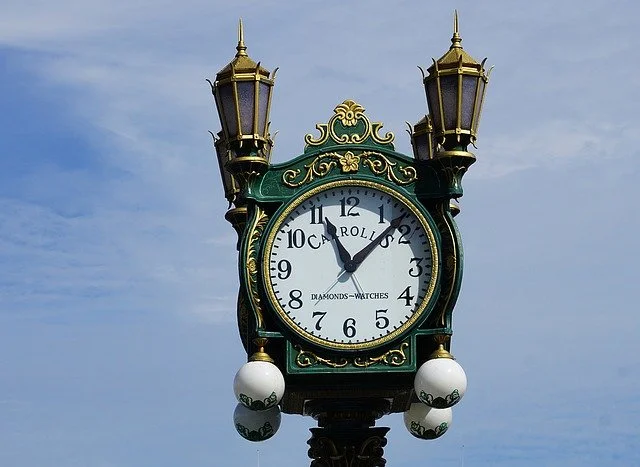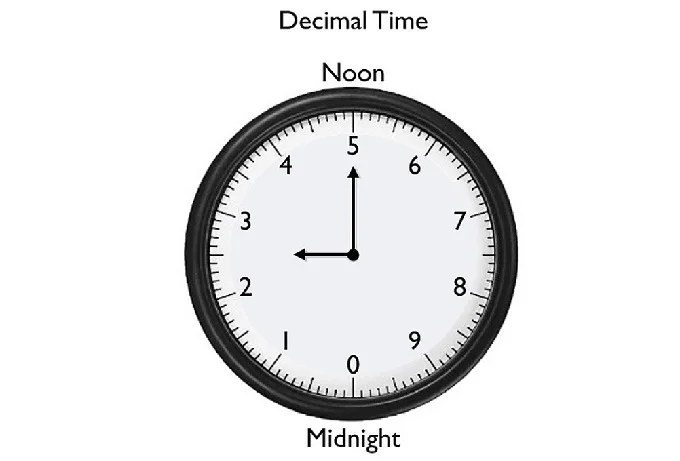Who invented time and who invented hours, minutes, and seconds

For centuries mankind has used the hexadecimal system to measure time. In this now-familiar system, each day is divided into 24 hours, each hour into 60 minutes, and each minute into 60 seconds. Why is it the way it is? Do people do it out of habit, or is there some ironclad inherent advantage to measuring time in this way?
Who invented the hours, minutes, and seconds?
The ancient Greeks were the first to introduce the very concept of the hour. Before that, there were the Oracles, goddesses of the seasons. They were in charge of the natural order of things in nature, divided into certain time intervals.
The number of Ors varied depending on what source of information was used. The most common number was three. In late antiquity, this number reached twelve. This is where the idea of dividing day and night into twelve hours each period came from.

The division of each hour into 60 minutes and minutes into 60 seconds came from ancient Babylon. The Babylonians used the hexadecimal numbering system in such sciences as mathematics and astronomy. They also divided the day into 360 parts because that was their calculated number of days in a year. From there also came the division of the circle into 360 degrees.
The system of a twelve-hour day and twelve-hour night was also used in ancient Egypt. The Egyptians did this, perhaps because there were twelve lunar cycles in a year.
Also, it was probably easier to count them that way by the twelve finger joints on each hand. In any case, these systems were subsequently adopted worldwide and are now the standard for measuring time. But what if someone tried to change the accepted standards?
Decimal Time

In 1754, the French mathematician Jean Le Ronde d’Alambert suggested dividing all units of time by ten. He said: “It would be preferable that all divisions, for example, livre, sous, tuise, day, hour, and the like, were divided into tens. Such a division would lead to much simpler and more convenient calculations, and it would be more desirable than an arbitrary division of the livre into twenty sous, sous into twelve deniers, a day into twenty-four hours, an hour into sixty minutes, and so on.”
In 1788, French lawyer Claude Boniface Collignon proposed dividing the day into 10 hours, each hour into 100 minutes, each minute into 1000 seconds, and each second into 1000 levels. He also proposed a week of 10 days and the division of the year into 10 “solar months”.
With a slight modification of this proposal, the French Parliament decided that the period “from midnight to midnight shall be divided into ten parts, each into ten others, and so on to the smallest measurable part of the duration.”
The system officially went into effect on November 24, 1793. Midnight began at zero o’clock (or 10 o’clock), and noon began at 5 o’clock. Thus, each metric hour became 2.4 conventional hours. Each metric minute became equivalent to 1.44 conditional minutes, and each metric second became 0.864 conditional seconds. Calculations became simpler. Time could be written in fractions, for example, 6 hours and 42 minutes became 6.42 hours, and both values meant the same thing.

To help people switch to the new time format, watchmakers began producing watches with dials showing both decimal and old time. But people never switched to the new time. On the contrary, decimal time turned out to be so unpopular that it was abolished 17 months after its introduction.
The purpose of decimal time was not only to make it more convenient to calculate. It was all part of a revolution in the general system of reckoning. The system also gave rise to the republican calendar.
In addition to the division of the day into 20 hours, it divided the month into three decades of ten days. As a result, there were five days missing from the year. They were put at the end of each year. This calendar, too, was abolished at the end of 1805. The project was buried before it could take place.
Fans of decimal time.
After the time innovation suffered a fiasco, it seemed that no one else would ever speak of such a thing again. At least not the French, but that turned out not to be the case.
In the 1890s, Joseph Charles François de Rey-Payade, president of the Toulouse Geographical Society, again proposed using the decimal system. He divided the day into 100 parts, which he called cés. Each was equal to 14.4 standard minutes. On the other hand, the minutes were divided into 10 decicés, 100 centicés, and so on.
Unfortunately, the Chamber of Commerce of Toulouse passed a resolution in support of this proposal. Outside it, fortunately, common sense prevailed, and the proposal did not receive adequate support.
Finally, the last attempt was made in 1897 by the French scientific committee Bureau des Longitudes. The secretary of this society was the mathematician Henri Poincaré. He made a kind of compromise by keeping the 24-hour day.
Poincaré divided the hour into 100 decimal minutes each. The minutes were divided into 100 seconds. This project also failed to gain approval. In 1900 it was decided to abandon decimal time forever. Since then, no one else dared to touch the clock again.


